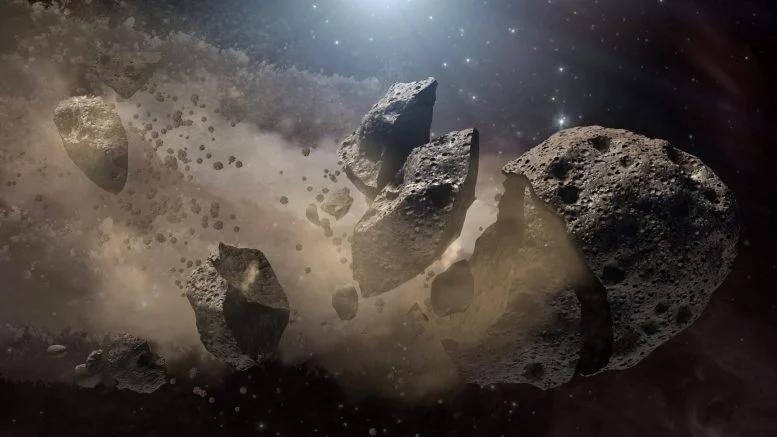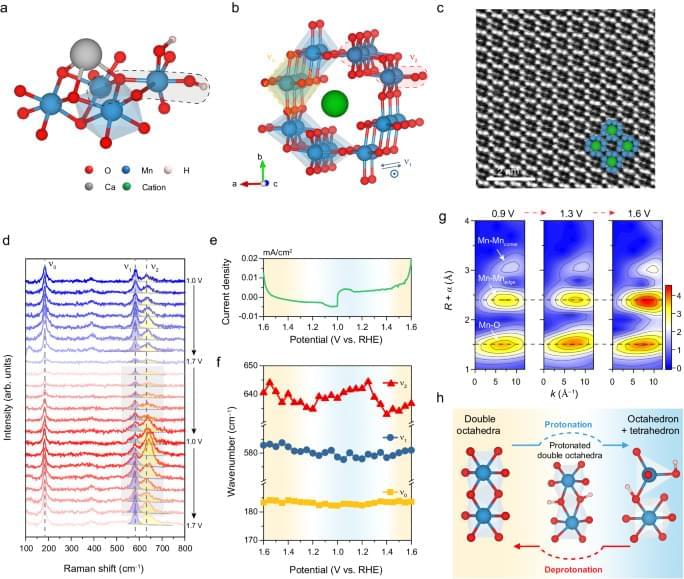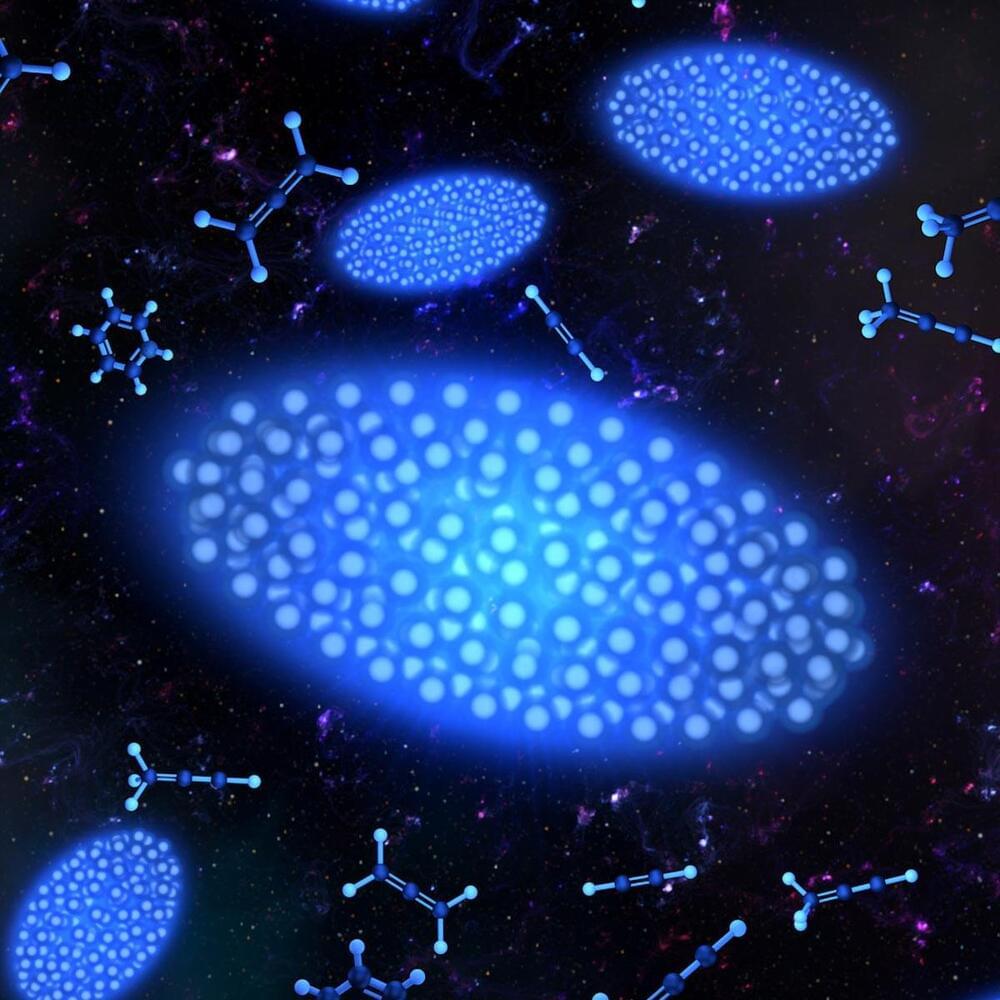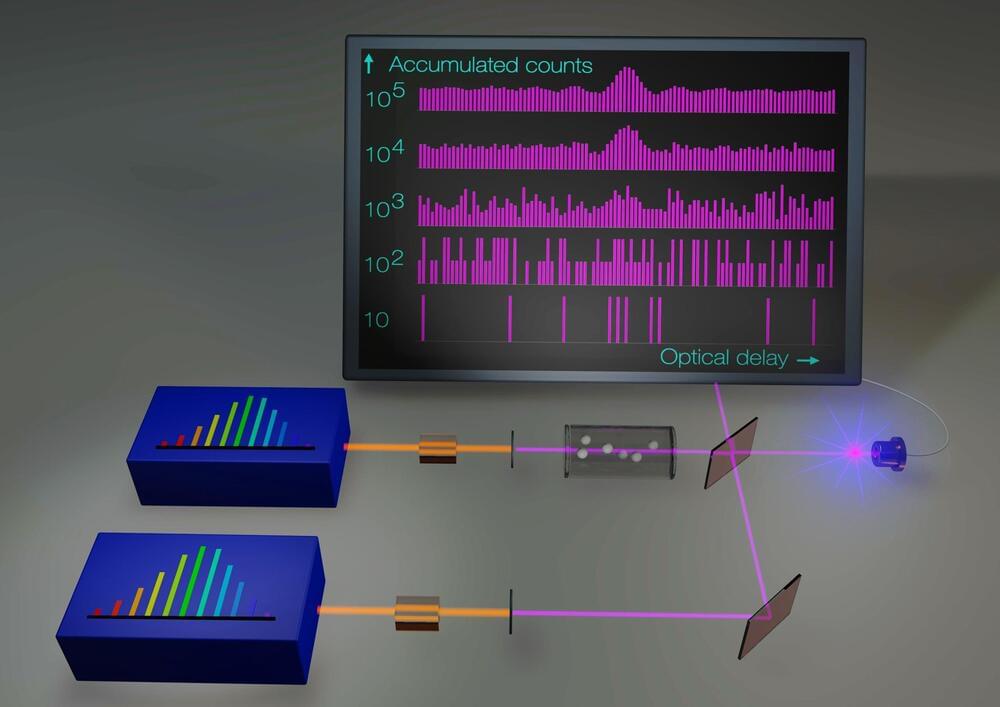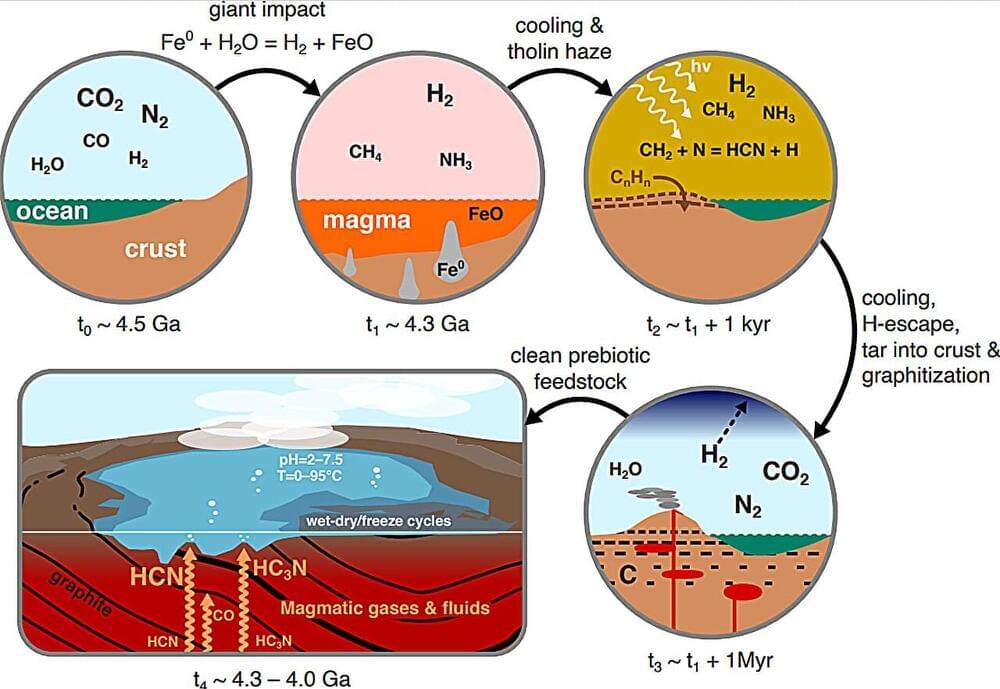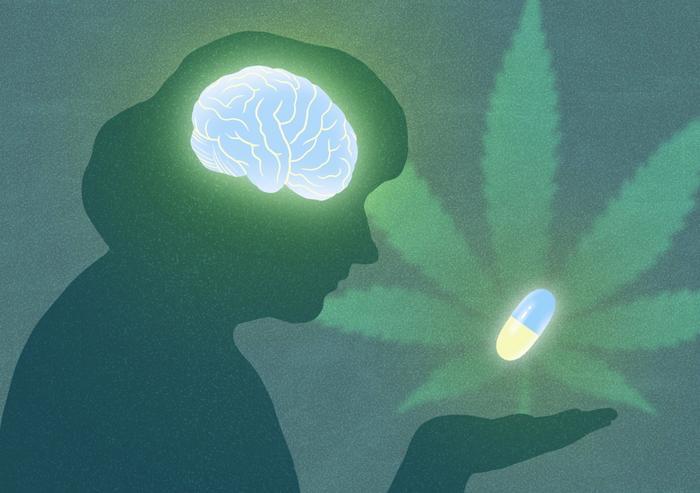Venki Ramakrishnan’s is the real-deal ‘pivot story’ — ‘pivoting’ being quite the fancy thing to do today. Born in Chidambaram in Tamil Nadu in 1952, Venki wanted to be a physicist, and by the time he decided to do something about his passion for Biology, he was already a PhD in Physics from Ohio University, USA. He then ‘pivoted’ and studied Biology at the University of California, San Diego, before he began his post-doctoral work at Yale University.
He went on to win the Nobel Prize in Chemistry in 2009 for his work on cellular particles called ribosomes. His first book, Gene Machine, captures this journey with the kind of honesty and self-deprecation one does not expect from an award-winning scientist.
With similar candour, in his second book, he examines recent scientific breakthroughs in longevity and ageing and raises uncomfortable questions about the ethical aspects of the research as well as the biological purpose of death.

